Cameras
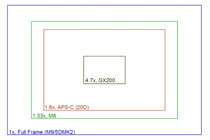
|
SensorDid you know that the sensor size affects not only the angle of view of the connected lens but also the depth of field at a set aperture? How exactly do these correlations work and what exactly is the difference between an APS-C sensor and a full-frame sensor? Is it really worth investing in a larger sensor? Learn more about sensor sizes and their influence on the final image. |
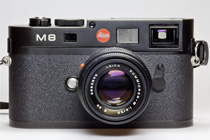
|
Rangefinder CamerasThe viewfinder camera (or more precisely the rangefinder camera) is or was the traditional camera of the photojournalist. Today it is mainly used in street photography. Only a few brands still offer viewfinder cameras, but thanks to the Leica M and Fuji XPRO series, the system is still very much alive. But what are the advantages of such a camera and why is it still offered in addition to the digital SLR cameras (DSLR) and intechangeable lens cameras (ILC)? This article sheds some light on the secrets of the viewfinder camera. |
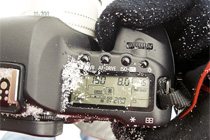
|
5D Mark IIThe 5DMark2 in comparison to the EOS 20D. |
Lenses
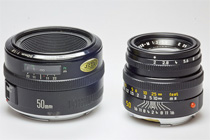
|
how many lenses?One of the great advantages of a system camera is the use of interchangeable lenses. The camera can be equipped with a suitable lens depending on the intended use. But how many lenses do you really need and where lies the disadvantage of a large collection of different lenses. This article wants to simplify the photographer's life a little and to consider one of the basic values of photography "less is more" when selecting lenses. An article that could have a positive effect on the weight of your equipment! |
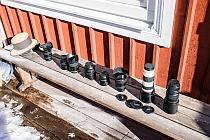
|
Fixed focal length or zoom lenses?For some years now, I have been taking pictures exclusively with fixed focal lengths. Now we are planning a longer hike this summer and the weight of the lenses plays an important role. Couldn't I use a zoom lens again? Is the image quality of fixed focal lengths really so outstanding? |
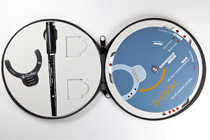
|
lenscoding
The M system has been in use for several years and there is only one connection between
lens and camera for focusing the lens. There is no electronic connection and so the camera can't read
the aperture and write it into the EXIF file or recognize the connected lens; can it? Thanks to a sensor
in the new M-models, the lens can be read out via a black and white code on the lens. But older lenses
do not have that code. You can send the lens to Leica and have it |
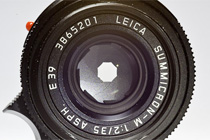
|
ApertureThe aperture, along with shutter speed and sensitivity, is the most important setting parameter for exposure. Most people know that a small f-stop numbers also means less depth of field and vice versa, but a high number of aperture lamels? And what does Bokeh mean? This article describes all this and much more! |
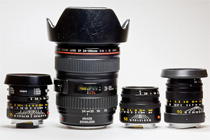
|
LensesChoosing a zoom lens or a prime lens? This article discusses the advantages and disadvantages of different types of lenses. It covers more than just image quality and aperture. |
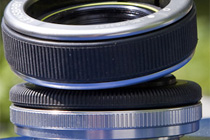
|
LensbabyThe Lensbaby allows creative photography thanks to Tilt technique and Aperture Drop Ins. |
Photo Techniques

|
Colour of LightThe colour of the light changes over the course of the day; but why and what is behind it? A little physical background brings light into the shade, or color into the light. |
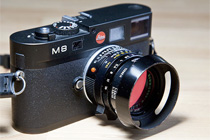
|
M8 InfraredThe Leica M8 camera has a blocking filter in front of the sensor that allows some infrared light to pass through. This "construction error" can be exploited for creative infrared photography. And thanks to the viewfinder camera, you always have an unfiltered view of the object. This article describes how well this works. |
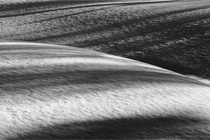
|
Photography in the ColdAccording to the data sheet, most cameras are built for a temperature range from 0 to 40 degrees Celsius. But of course you can also use the camera outside this "fair weather range", if you observe a few rules. |
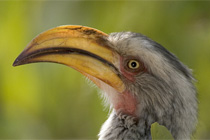
|
Wildlife PhotographyIt is very enriching to observe animals in the wild. Often you want to take some pictures of the wildlife. But which equipment do you need and how to proceed best? A few thoughts on animal photography. |
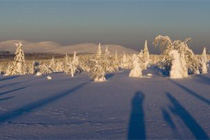
|
Panorama PhotographyThanks to digital technology, panorama photography can also be used by photographers who do not have a special panorama camera. However, not all situations can be photographed and some criteria must also be observed for static objects so that the subsequent image assembly is easier. |
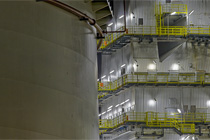
|
hdr photographyWith the HDR technology one can handle an enormous dynamic range in the scene. But not all objects are suitable for it. Once you have found such an object, the results can be excellent. And as always, there are a few technical challenges to overcome. |
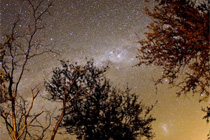
|
No StartrailsTo capture stars sharply on the sensor without the longer exposure time leaving star tracks is not so difficult, if you observe a few simple laws. |
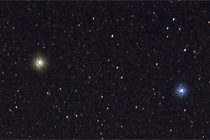
|
How to photograph constellations?You can photograph the starry sky very well with a camera; but how do you ensure that the photo corresponds somewhat to the visual impression. How do you photograph constellations as they are seen by the eye? |
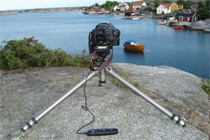
|
TimelapseCreate a time-lapse and assemble the photos into a movie. |
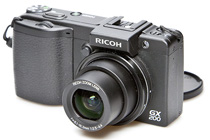
|
Timelpase with the Ricoh GX200The Ricoh GX200 camera is ideal for time-lapse photography thanks to the built-in intervalometer. Only the relatively high power consumption of a compact camera stands in the way of extensive use. Luckily there is a workaround here! |
Aurora Photography
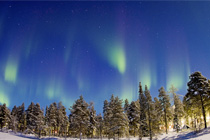
|
Polar LightsPolar first steps: This article explains the required equipment and how to expose best. |
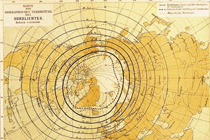
|
Polar Lights 2How often can you actually see polar lights and where is it best to observe them? What shapes and colours are there and how do you deal with artificial light? |
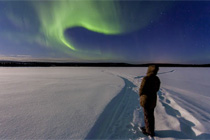
|
Polar Lights 3The subject of aurora borealis is always on my mind and with every journey to the far north and the sighting of new aurora borealis I am inspired again and again and see the diverse possibilities of aurora photography. Everything happens so fast, but the exposure has to be long enough and you can't concentrate 100% on taking pictures because of all the amazement; you should be better prepared; this article will help you! |
Geotagging
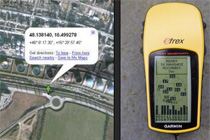
|
GeotaggingGeotagging: what is it good for and how is it carried out? |
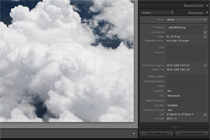
|
Geotagging 2Georeferencing photos has become easier in Lightroom; but what about the accuracy of the GPS trackers? The positions shown are not always correct. |
Print and Presentation
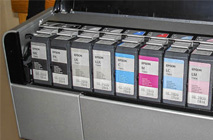
|
inkjet printing
The inkjet technique has given us a great printing technique where you can achieve amazing
results. But the possible settings are very varied and you will often be overwhelmed by which parameters
you should set and how exactly. Print with 240dpi or with 300? Does that really make a difference? Or
rather with the setting |
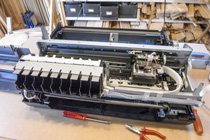
|
Epson 3800/3880 maintenanceEven the best inkjet printer is not free from wear and tear. If black ink stains appear on the printouts and ruin them, maintenance is required. This article describes exactly how this works and what causes the ink stains. |
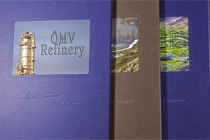
|
Folio FolderThe photo folder (portfolio folder) is a beautiful way to present your photos; digital detox pure! But the production of such a portfolio can be expensive if you don't know which way to go and how to produce such a portfolio at all. |
Equipment
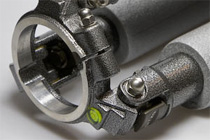
|
TripodChoosing the right tripod is not easy. Many questions have to be answered; how big, which material, which tripod head, how many leg segments? And then there is a lot of extra equipment. And finally the question arises: when exactly should I use a tripod? Here you will find answers to all these questions and will find the right tripod for you faster. |
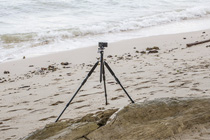
|
travel tripodI have already described in an other article which properties an ideal tripod should have and how to dimension it. But sometimes less is more and then you would rather have something light with you than nothing at all. A light and handy tripod can also be stuffed into your pocket rather than the ultimate super tripod which is not quite as compact. |
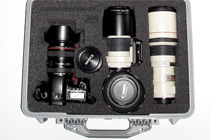
|
foto bags
Of course it is great to have many different lenses. But if you leave the |
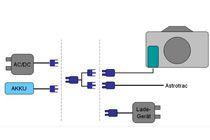
|
External Power SupplyWith an external power supply one can create long time lapse series or do astrophotography. You don't necessarily have to buy an expensive original adapter (if it is available at all) but you can build it yourself and expand the system flexibly according to your needs. |